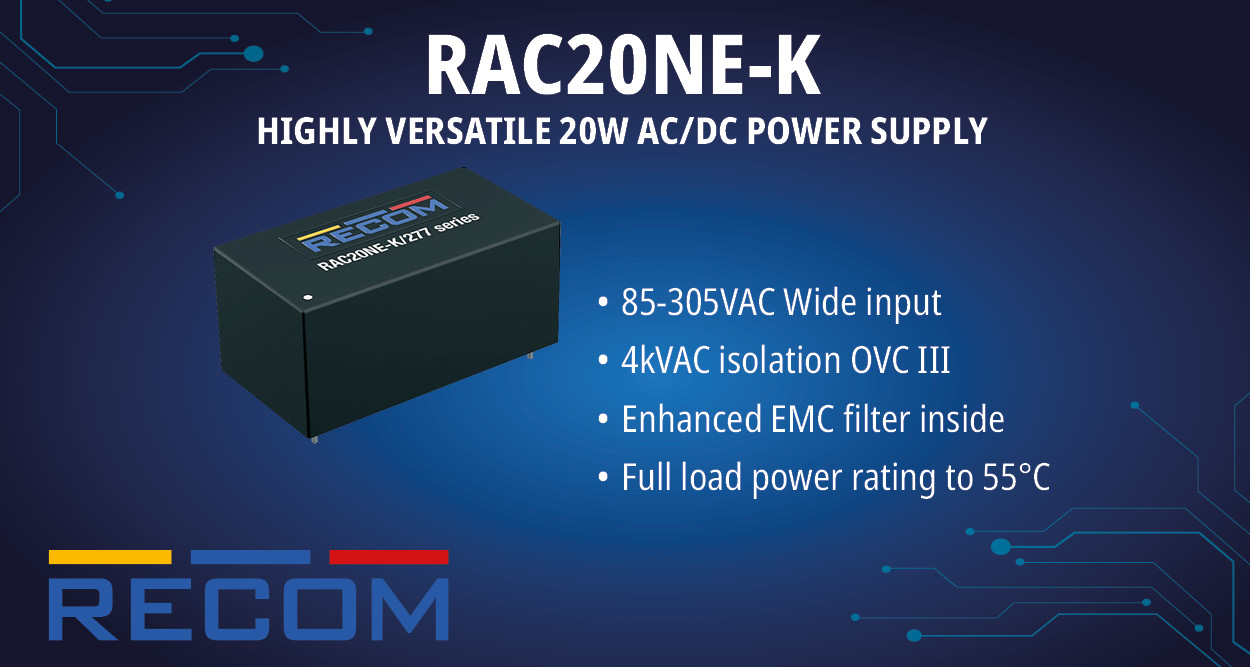The global memory market has evolved significantly in recent years, driven by innovations in storage technologies, increasing data demands, and the expanding use of memory solutions across industries. With digital transformation accelerating, the need for more efficient, scalable, and high-performance memory solutions has become more crucial.
The global memory market is projected to reach a size of US$ 240.7 billion by 2023 and is expected to maintain steady growth, surpassing US$ 480.0 billion by 2033. From 2023 to 2033, the market is forecasted to grow at a compound annual growth rate (CAGR) of 7.1%. Between 2018 and 2022, the memory market saw significant growth, registering a CAGR of 11.0% during this period.
Memory products are essential in various electronic devices, including smartphones, flat-screen displays, and LED televisions. They also play a critical role in aerospace and military systems, which heavily depend on these semiconductor memory solutions.
Rising Demand for High-Performance Memory Solutions
As data generation continues to soar across industries such as healthcare, retail, and entertainment, the demand for advanced memory solutions has reached new heights. The growing adoption of cloud computing, artificial intelligence (AI), and big data analytics has necessitated the development of faster and more reliable memory technologies. These solutions not only support rapid data access and processing but also ensure high-speed performance in real-time applications.
The memory market is witnessing the widespread adoption of Non-Volatile Memory (NVM) technologies, such as NAND flash memory, which offer substantial benefits over traditional memory types. The global shift towards data-intensive applications is fueling the demand for memory devices that offer greater endurance, faster data retrieval, and larger storage capacities. Persistence Market Research has identified that these factors are expected to drive significant growth in the memory market.
Innovations in Memory Technologies
In recent years, numerous advancements in memory technology have made a significant impact on the market. One of the key innovations has been the development of 3D NAND flash memory, which enables manufacturers to pack more storage into smaller devices without compromising performance. This breakthrough in memory architecture is transforming the consumer electronics sector, especially in smartphones, laptops, and data centers, where high-capacity memory is crucial.
Another notable innovation is the rise of Intel Optane memory, which leverages 3D XPoint technology. Optane memory provides faster speeds and greater endurance compared to traditional memory solutions, making it particularly attractive for applications in high-performance computing, data analytics, and gaming. This technology has the potential to revolutionize memory applications by providing a seamless balance between speed and data persistence.
Further driving innovation in the memory market are advancements in emerging technologies like quantum computing and neuromorphic computing. These technologies are expected to reshape the future of memory storage, with quantum memory providing an avenue for exponentially faster data processing speeds.
Strategic Insights for Market Growth
The emphasizes that several strategic factors will influence the future growth trajectory of the memory market. First, the increasing adoption of Internet of Things (IoT) devices is a major driver, as these devices require advanced memory solutions to handle the vast amounts of data they generate. IoT devices in smart homes, connected vehicles, and industrial automation systems are expected to propel demand for memory products that can store and process real-time data.
Furthermore, data centers are a significant market segment driving the growth of memory products. The rise of big data analytics and the shift towards cloud storage solutions are pushing data centers to scale their storage capacities. As a result, companies are increasingly investing in high-performance memory solutions to support their operations, leading to a steady increase in the demand for advanced storage technologies like DRAM and SSDs.
Another critical factor influencing memory market growth is the ongoing trend toward miniaturization and portability of electronic devices. As consumer electronics become more compact, there is a greater need for efficient and high-capacity memory storage solutions that do not compromise on size.
Challenges and Restraints
Despite the promising outlook, the memory market faces several challenges. One of the primary concerns is the rising cost of raw materials, particularly for NAND flash and DRAM components. The volatility in semiconductor supply chains can also lead to price fluctuations and disrupt production schedules. Manufacturers must continuously address these challenges to maintain their market position and ensure the supply of affordable, high-quality memory products.
Moreover, the increasing complexity of memory technologies can pose significant hurdles for manufacturers and end-users. As memory solutions become more sophisticated, ensuring compatibility across different platforms and devices becomes increasingly important.
Looking Ahead: Opportunities and Growth Prospects
Looking ahead, the memory market presents a wealth of opportunities for growth and innovation. With the advent of 5G networks and advancements in edge computing, the demand for high-performance memory solutions will only increase. Emerging markets in Asia-Pacific, Latin America, and the Middle East are expected to witness rapid growth, driven by the expansion of mobile networks and the increasing digitization of industries.
For manufacturers, the focus should be on continued innovation to meet the evolving needs of industries such as automotive, healthcare, and artificial intelligence. Developing memory solutions that offer faster speeds, greater endurance, and larger storage capacities will be critical to maintaining competitive advantages in these dynamic markets.
Additionally, the growing trend of sustainability in the technology sector will likely lead to increased investments in eco-friendly memory solutions. As environmental concerns continue to influence consumer behavior and industry practices, memory manufacturers are expected to explore ways to minimize the environmental impact of their products, such as by using recyclable materials or developing energy-efficient memory solutions.
Conclusion
In conclusion, the memory market is undergoing a significant transformation, fueled by rapid technological advancements, increasing data demands, and changing consumer needs. Innovations in memory technologies such as 3D NAND and Optane are driving the market forward, while the rise of cloud computing, IoT, and big data analytics are creating new opportunities for growth. As the market continues to evolve, businesses that invest in cutting-edge memory solutions will be well-positioned to lead the way.

















